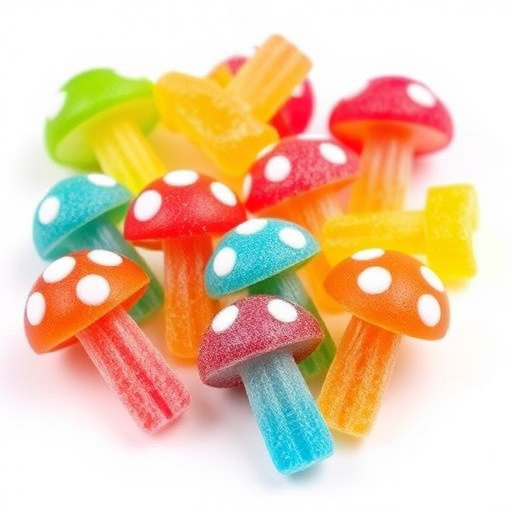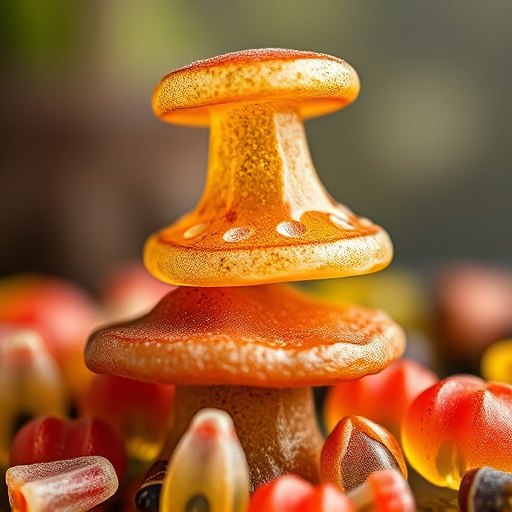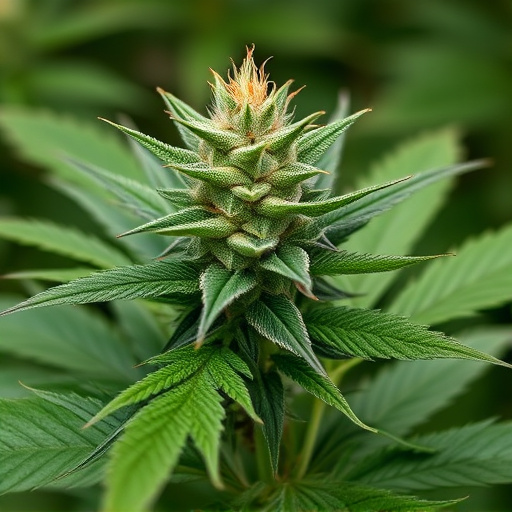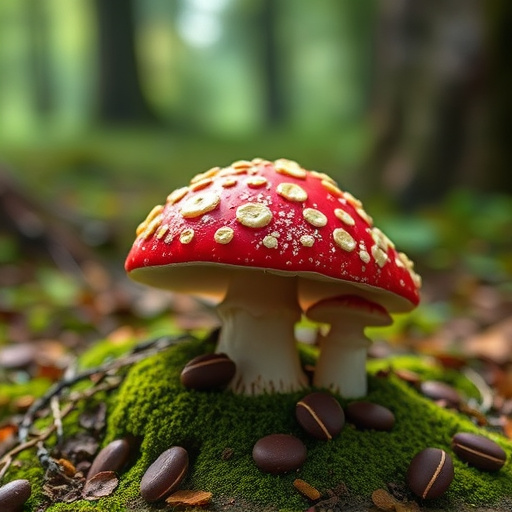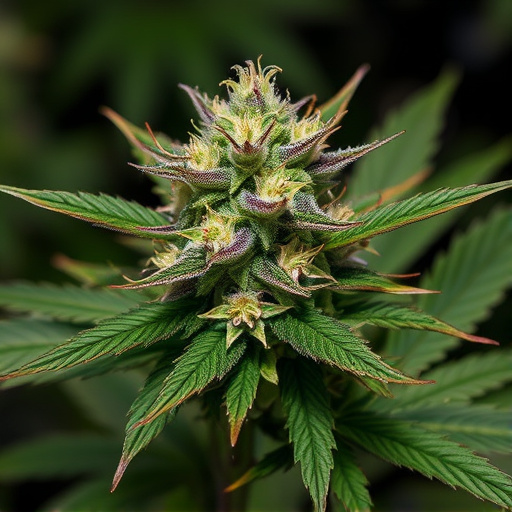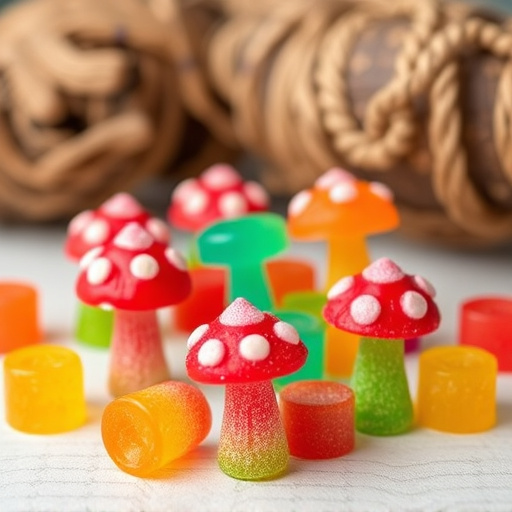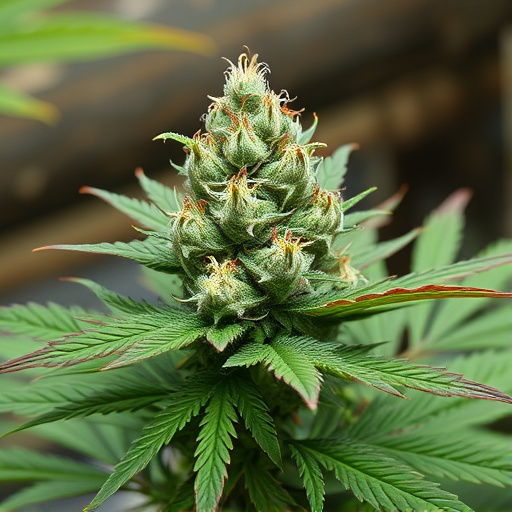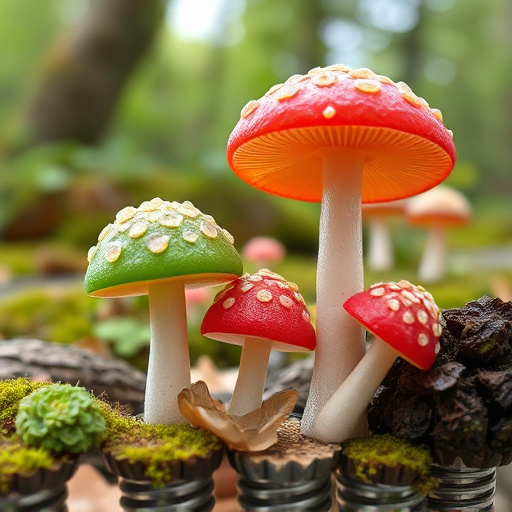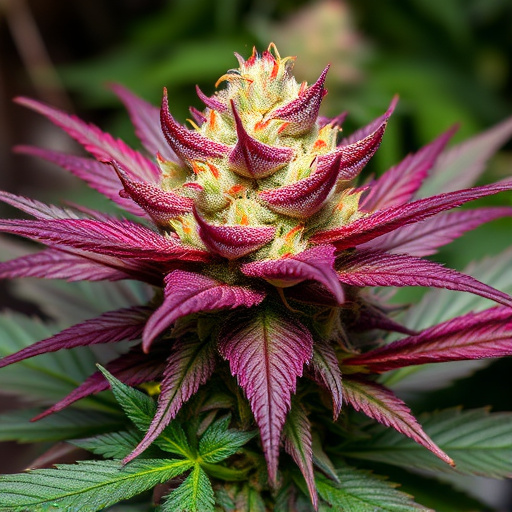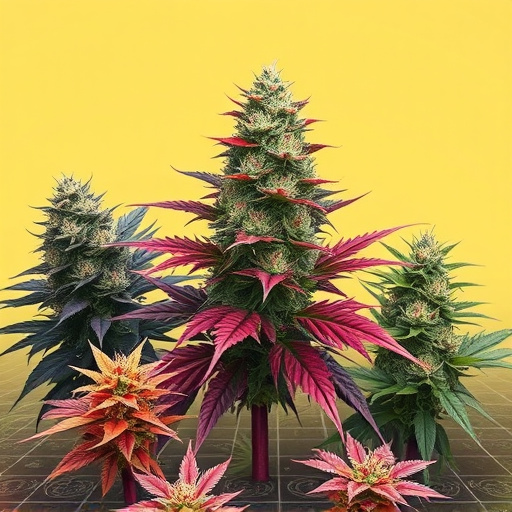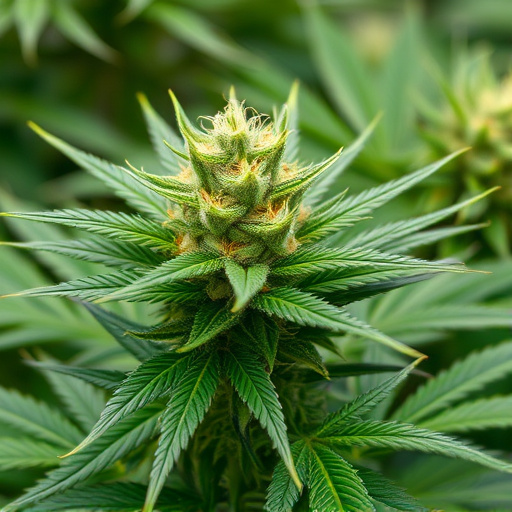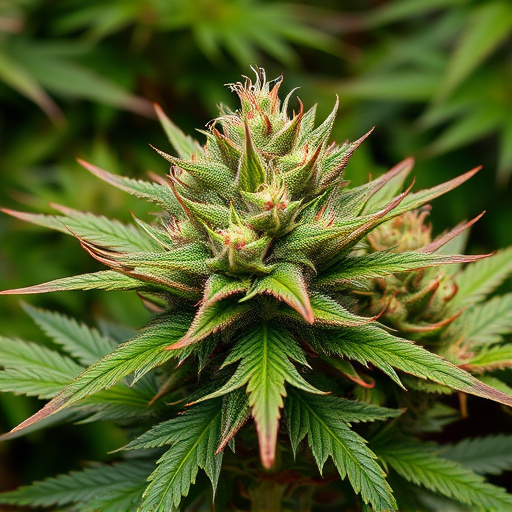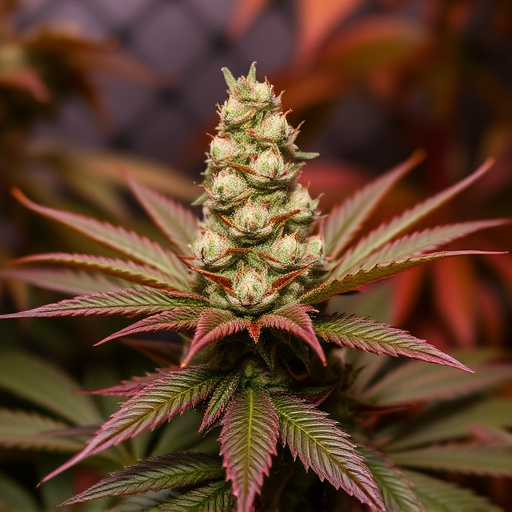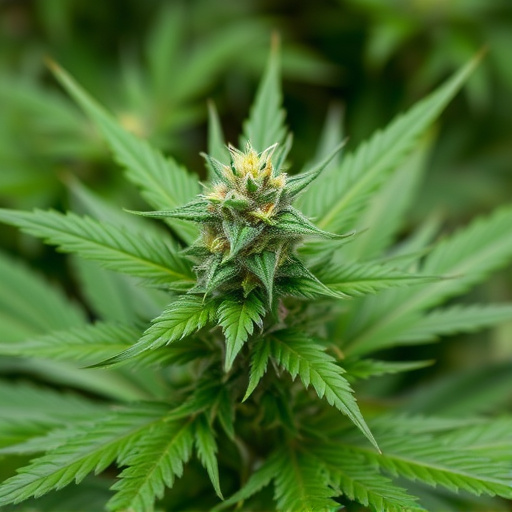Cultivating exotic marijuana strains indoors or outdoors offers distinct advantages. Indoor growing provides precise control over temperature, humidity, light, and duration, optimizing conditions for specific strain traits, flavors, THC levels, and consistent yields. Outdoor cultivation exposes plants to natural elements like sunlight, fresh air, and varying environmental cues, contributing to diverse terpene profiles, potential medicinal benefits, and larger yields. Balancing light, humidity, and soil conditions is crucial for successful cultivation of exotic strains, whether indoors or outdoors.
“Uncover the captivating differences between indoor and outdoor-grown cannabis flowers in this comprehensive guide. Cannabis cultivation is an art, and understanding environmental factors is key to unlocking unique strains’ potential. From vibrant indoor exotics to nature’s wild varieties outdoors, each setting offers distinct challenges and rewards. Learn how light, temperature, and humidity shape plant characteristics, especially when cultivating exotic marijuana strains. Discover the natural diversity of outdoor cannabis and explore the impact on terpene profiles and cannabinoid content.”
- Environmental Factors and Their Impact on Cannabis Flowers
- – Discussion on the unique environmental needs of indoor vs outdoor cannabis plants
- – Comparison of light, temperature, humidity, and soil requirements
Environmental Factors and Their Impact on Cannabis Flowers
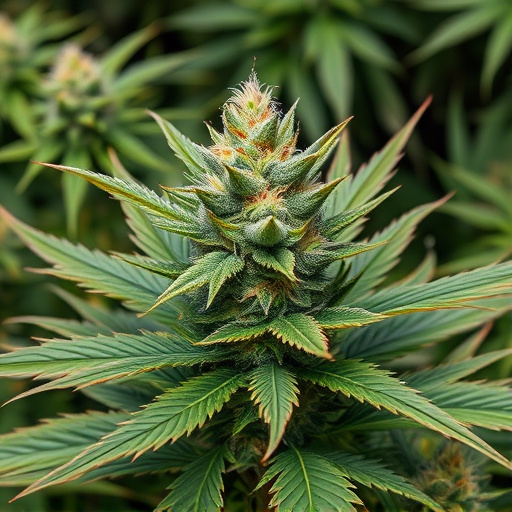
The environment in which cannabis flowers grow plays a significant role in shaping their final characteristics, including their appearance, aroma, and potency. Indoor and outdoor cultivation create distinct conditions that influence the development of exotic marijuana strains.
Indoor environments offer precise control over variables like temperature, humidity, light intensity, and duration. This allows cultivators to optimize growing conditions for specific strain traits. Advanced lighting systems, climate-controlled rooms, and carefully monitored nutrient solutions enable indoor growers to produce flowers with unique flavors, high THC levels, and consistent yields. Outdoor cultivation, on the other hand, exposes plants to natural sunlight, fresh air, and varying environmental cues, which can contribute to a broader range of terpene profiles and potential medicinal benefits. The outdoor setting also encourages airflow, helping prevent certain fungal and pest issues often encountered in enclosed spaces.
– Discussion on the unique environmental needs of indoor vs outdoor cannabis plants
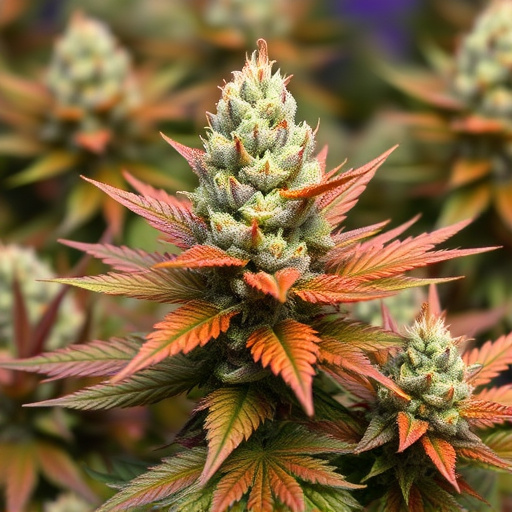
Growing cannabis, whether indoors or outdoors, requires a keen understanding of each plant’s unique environmental needs. Outdoor cannabis plants thrive in natural sunlight, where they can access up to 18 hours of light daily during peak growing seasons. They also benefit from fresh air circulation and temperature variations that occur naturally outdoors. This environment encourages robust, resilient plants with potent, aromatic flowers. In contrast, indoor cannabis plants demand a controlled setting, typically requiring LED or HPS lighting to mimic the sun’s spectrum and duration. They rely on consistent humidity levels, optimal temperatures, and regular feeding schedules to flourish. Growers of exotic marijuana strains often tailor these conditions to enhance the specific traits valued in their unique varieties.
The choice between indoor and outdoor cultivation isn’t just about accessibility; it significantly influences the final product. Outdoor cannabis flowers tend to have larger yields due to more extensive leaf mass and exposure to fresh air, which can reduce the risk of certain pests and diseases. Indoor cultivation allows for precise control over environmental factors, enabling growers to produce cannabis with specific terpene profiles and enhanced potency. Growers of exotic marijuana strains often seek these controlled environments to bring out the unique characteristics of their rare varieties, ensuring a premium product for discerning consumers.
– Comparison of light, temperature, humidity, and soil requirements

Growing cannabis flowers, whether indoors or outdoors, requires a delicate balance of environmental factors. When comparing indoor and outdoor cultivation for exotic marijuana strains, light becomes a key differentiator. Indoor growers often rely on artificial lighting systems to mimic natural sunlight spectrums, ensuring optimal growth for specific strain needs. In contrast, outdoor plants are exposed to varying daylight hours and intensities, offering a more dynamic yet unpredictable light environment.
Temperature, humidity, and soil conditions also play pivotal roles. Indoors, temperature control is precise, allowing growers to maintain ideal ranges for different strains. Outdoor cannabis plants, however, are at the mercy of nature’s temperature fluctuations. Humidity levels can significantly differ between indoor controlled environments and outdoor climates, impacting resin production and overall plant health. Soil requirements vary as well; indoors, specialized soils tailored to cannabis nutrition can be used, while outdoor plants adapt to native soils and organic matter.
Cultivating cannabis flowers, whether indoors or outdoors, requires a keen understanding of environmental factors. While both methods yield exquisite exotic marijuana strains, indoor farming offers control over light cycles and climate, enabling precise cultivation. Outdoor growing benefits from natural sunlight and fresh air but demands careful consideration of seasonal changes and local conditions. Ultimately, the choice between indoor and outdoor cultivation depends on access to resources, desired strain characteristics, and the grower’s expertise, each contributing uniquely to the final product’s quality and potency.
